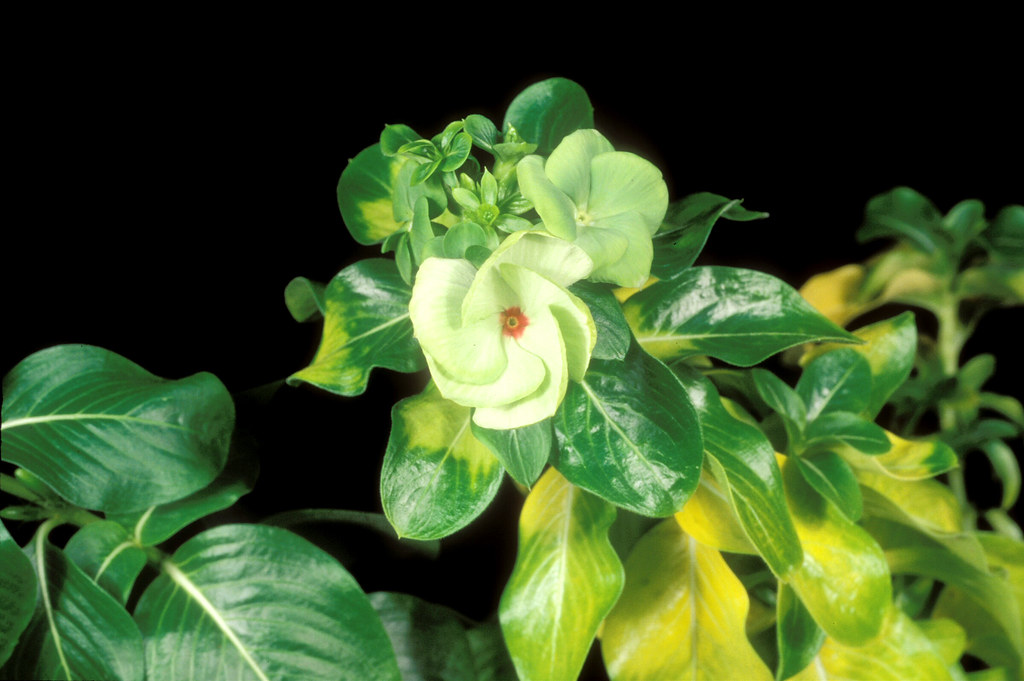
Aster yellows
Aster yellows MLO
What are Aster yellows (phytoplasmas)?
Aster yellows is a plant disease caused by phytoplasmas; microorganisms closely related to bacteria but lacking a rigid cell wall. Previously, they were classified as mycoplasmas or MLOs (mycoplasma-like organisms). It is transmitted by leafhoppers, plant hoppers, and psyllids as vectors. The disease affects a wide range of plants, including ornamentals and crops, and has a global distribution across various environmental conditions. Infected plants show symptoms like yellowing, stunting, witches brooming, malformed flowers, wilting, and dieback. Phytoplasmas invade the phloem, leading to these symptoms that resemble viral infections.
How do Aster yellows (phytoplasmas) occur?
Aster yellows are reproduced and spread primarily through the transmission of phytoplasmas by leafhoppers, plant hoppers, and psyllids. These insect vectors acquire the phytoplasmas while feeding on infected plants and then transmit them to healthy plants during subsequent feeding. The phytoplasmas invade the phloem tissues of the infected plants, where they multiply and cause disease symptoms. The disease can also be perpetuated through infected weed hosts, with leafhoppers feeding on infected weeds and spreading the phytoplasmas to healthy crop plants.
Symptoms
1 - Plants Health
Aster yellows, caused by phytoplasmas, negatively impact plants by reducing vigor, crop yield, and ornamental flower value. It diminishes productivity and results in decreased overall plant health.
Solutions
1 - Prevention
• Plant selection: Choose resistant plant varieties whenever possible. • Sanitation: Remove and destroy infected plants promptly to prevent the spread of the disease. • Weed control: Eliminate weeds that can act as hosts for the phytoplasmas and leafhopper vectors. • Vector control: Minimize leafhopper populations through insecticide applications or biological control methods. • Quarantine: Inspect new plants for symptoms before introducing them to your garden or landscape.
2 - Treatment
• There are no specific chemical treatments available for Aster yellows phytoplasma. • Focus on managing the leafhopper vectors through insecticide applications targeting their populations. • Support plant health through proper irrigation, fertilization, and overall cultural practices to reduce stress and enhance resistance to diseases.
